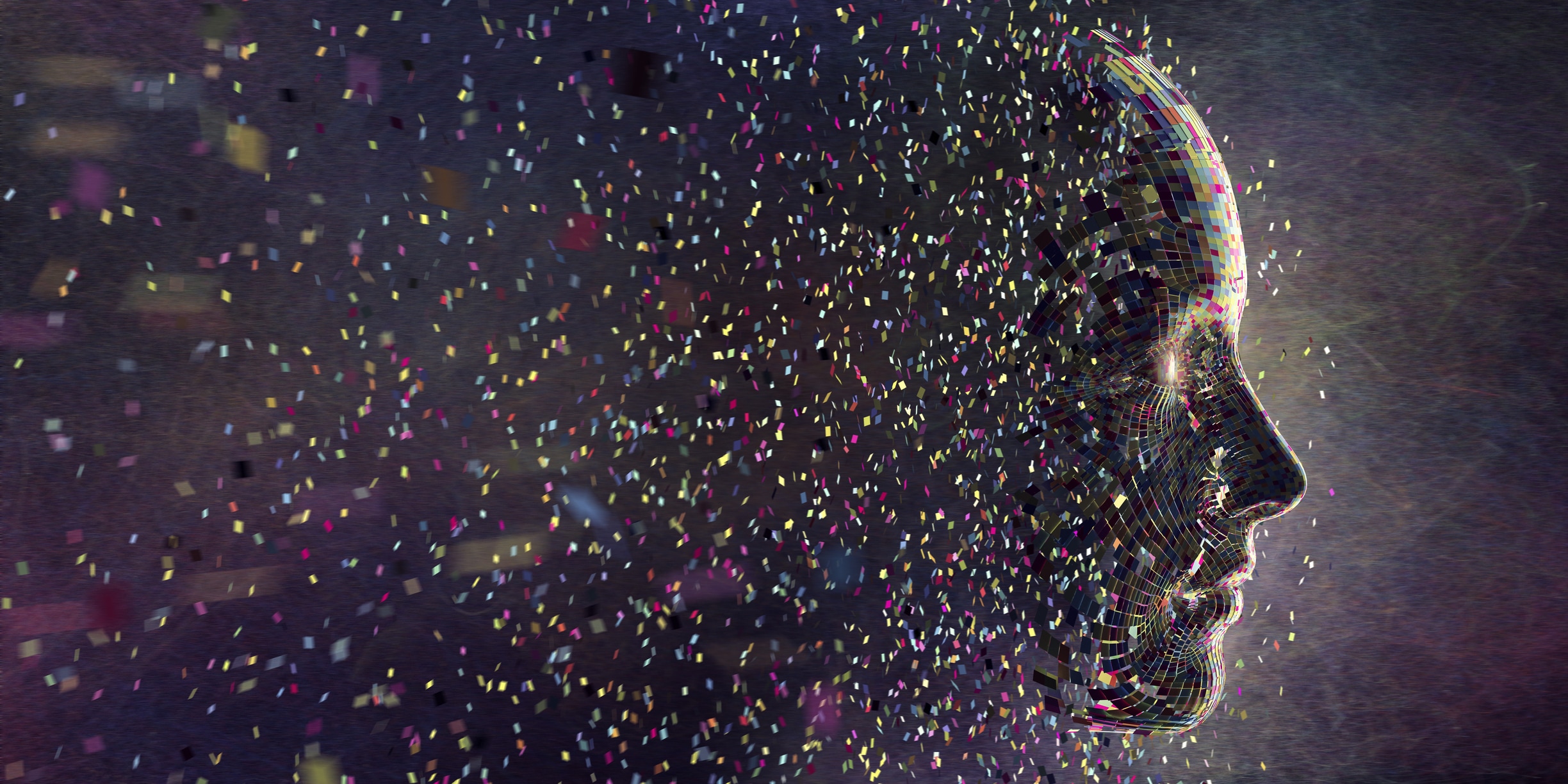How AI is changing customer service

Retaining happy customers rather than constantly looking for new ones makes sense for any business. Keeping customers satisfied is a top priority. The most obvious way to do this is to give them an outstanding customer service experience. As technology continues to be a bigger and bigger part of our lives, businesses are putting it to work in the form of Artificial Intelligence, or AI, to improve customer experience.
What is a chatbot?
A chatbot is a computer program that, through text or voice communication, simulates a human conversation. They can communicate with smart speakers, home smart devices, messaging platforms, text messages, online chats on company websites.
Who uses them?
Many large companies use chatbots to make customer service more efficient and provide a more personalized experience.
Industries that use chatbots or plan to start using them the most include technology, media and communications, financial services, consumer goods, manufacturing, retail, healthcare, and hospitality and travel.
Why do companies use them?
Many businesses use AI chatbots to improve their customer service by having an AI customer support agent who is always available to answer questions, uses customer preferences to determine relevant services and products, can handle complicated processes such as loan applications or in real estate documents, and proactively assists customers who may be having a problem. Chatbots can start conversations with customers, who can get the information they need without being on hold. Chatbots increase productivity by reserving interactions with a human only for more complicated problems and are relatively low cost compared to human employees.
Chatbots improve customer experience by:
o Resolving customer support issues quickly
o Making wait times shorter
o Redirecting inquiries efficiently
o Obtaining leads for human sales reps
When will chatbots become common?
Chatbots are already very common. According to salesforce.com, 53% of service providers are planning on using chatbots in the next 18 months and by 2020 people will be having more conversations with chatbots than they do with their significant other.
Where might you encounter a chatbot?
Chatbots are often used as a first interaction to help identify customer needs and complex problems and direct the conversation to the correct person.
Chances are that when you go online to enquire about a large business’s products or services and use the chat option, you will be talking to a chatbot at first. If you need your account balance, an appointment, or to change your password, a chatbot can help you get it sorted out. If your question is too complicated, then you should be transferred to the appropriate human.
How can businesses get chatbots to help their customers?
The fastest and easiest way for a business to implement chatbots is to use a vendor who specializes in building them to make custom AI specifically for that business.
There are also platforms available that allow users to create their own chatbots by dragging and dropping in a simple Graphical User Interface, or GUI. A simple chatbot can be built quickly using this approach.
More complicated chatbots can be built using API or SDK libraries to provide a framework for using Machine Learning (ML) and Natural Language Processing (NLP). This approach requires some technical skills but even beginners can build chatbots relatively quickly.
Best AI Chatbots
What makes a good chatbot? The criteria for determining the best chatbot involves judging its ability to provide a human-like interaction. One way to determine this is with the Turing test. In this experiment, a human asks another human and an AI questions on a computer multiple times. If they can tell the human from the computer half of the time or less, the computer that is being tested is considered to have AI because the person performing the test considers it to be as human in its responses as the actual human.
There are other ways to test AI as well and not everyone agrees that the Turing test is the best or only way to determine how humanlike an AI is. In short, the most human-like AIs can carry on complex conversations the way a human would and can deal with complicated problems and terms or concepts they do not necessarily understand.



.jpg?300x300)